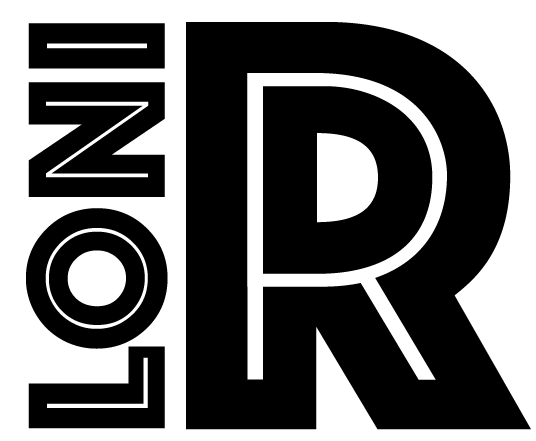Steps refer to the left hemisphere in the figures
- The cingulate gyrus is distinct from the frontal, parietal, occipital and temporal lobes. It can be considered a separate lobe in itself as it spans regions of the frontal and parietal lobes. Anteriorly, its superior boundary is the cingulate sulcus. Posteriorly, its superior boundary is the subparietal sulcus. Its inferior boundary is the upper border of the corpus callosum. (Fig. 1)
- Initially mask in the sagittal view in order to find the cingulate gyrus’ superior and inferior boundaries. Locate the medial sagittal slice where the cingulate sulcus, subparietal sulcus and corpus callosum are most clearly defined. In this view, trace the cingulate sulcus from the point it connects to the corpus callosum to the point where it meets the subparietal sulcus. From that point, follow the subparietal sulcus to the point where the sulcus meets the corpus callosum and trace the upper boundary of the corpus callosum. Mask everything interior to these boundaries. If any of the superior boundary sulci are interrupted, cut across any branching white matter to connect the interrupted sulcus.
Tracing initially in the sagittal view defines not only the superior and inferior boundaries of the cingulated gyrus but indirectly defines the anterior and posterior boundaries. (Fig. 2 & Fig. 3)
- Once all boundaries are defined in the sagittal view, switch to the coronal view. The coronal view is used to mask the rest of the cingulate gyrus. In the coronal view, find the most anterior masked point as traced in the sagittal view. Use the masked area to approximate the height of the cingulate gyrus. The masked area should span the area between the cingulate sulcus’ upper and lower portions. Trace the upper portion of the cingulate sulcus to its internal end, cut down to the internal end of the lower portion of the cingulate sulcus. Trace the entire lower cingulated sulcus toward the interhemispheric fissure and trace the interhemispheric fissure to connect the two portions of the cingulate sulcus. Mask everything within these boundaries. (Fig. 4 & Fig. 5)
- Once the corpus callosum appears, trace the cingulate sulcus’ upper portion to the upper boundary of the corpus callosum. Trace the cingulated sulcus’ lower portion to the lower boundary of the corpus callosum. When connecting the ends of two different boundaries, try to trace a straight line. Mask everything within these boundaries. (Fig. 6 & Fig. 7)
- When the cingulate sulcus’ lower portion is no longer visible, only mask the upper portion of the cingulate sulcus to the upper border of the corpus callosum. Use the previously masked area from the sagittal view as a guide for height. (Fig. 8 & Fig. 9)
- Moving more posterior, the cingulated gyrus will once again show up as two separate regions. Trace the subparietal sulcus’ upper portion to the upper border of the corpus callosum. Trace the subparietal sulcus’ lower portion to the lower border of the corpus callosum. If the subparietal sulcus’ upper or lower portion is not clear, refer to the previously masked area from the sagittal view to define areas to be masked. (Fig. 10)
- Eventually, the cingulate gyrus’ two portions merge into one. Use the area previously masked in the sagittal view as a guide of what area to mask. The area masked should be the area between the subparietal sulcus’ upper and lower portion. Trace the subparietal sulcus’ upper portion to its internal end and cut to the subparietal sulcus’ lower portion. Continue this step until reaching the last posterior labeled region as masked in the sagittal view. (Fig. 11 & Fig. 12)



